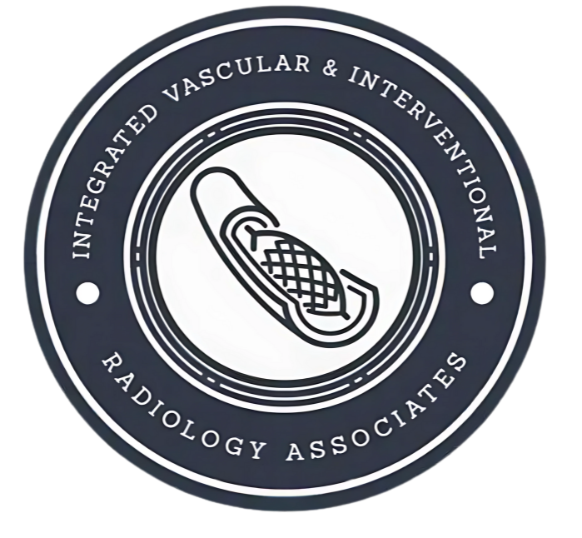
Dialysis Access & Percutaneous AV Fistula Creation
in Pittsburgh
In-Depth Overview

What is Percutaneous AV Fistula Creation?
A percutaneous arteriovenous (AV) fistula is a connection between an artery and a vein created through a minimally invasive, image-guided procedure. This fistula is essential for patients undergoing hemodialysis, as it provides access to your blood vessels for the dialysis machine to clean your blood. Traditionally, AV fistulas were created surgically, but the percutaneous method offers a less invasive option with shorter recovery times.
In this procedure, a catheter is inserted through a small puncture in the skin to connect the artery and vein using advanced imaging guidance. Once established, the fistula allows for the high blood flow necessary for effective dialysis.
Who Benefits from Percutaneous AV Fistula Creation?
Patients preparing for hemodialysis due to chronic kidney disease or kidney failure are candidates for AV fistula creation. The percutaneous method offers several advantages over traditional surgical approaches, including:
- Minimally Invasive: No large incisions or stitches required.
- Shorter Recovery Time: Faster healing with fewer complications compared to surgery.
- Outpatient Procedure: Often performed in an outpatient setting, meaning no need for a hospital stay.
Who may not be ideal candidates?
- Patients with very small or poor-quality blood vessels.
- Patients who may require immediate dialysis may initially need a temporary catheter.

Dialysis Access Interventions: What Are They?
Dialysis access interventions include procedures to create or maintain the blood vessel access required for hemodialysis. These interventions can involve the creation of new access points (like AV fistulas or grafts) or fixing existing access that is blocked or malfunctioning.
The primary types of dialysis access are:
- AV Fistula: The preferred method of access, created by connecting an artery and vein, allowing for high blood flow.
- AV Graft: Used if a patient’s veins aren’t suitable for a fistula; a synthetic tube is implanted to connect the artery and vein.
- Central Venous Catheter: A temporary access option where a catheter is placed in a large vein, typically in the neck.



What to Expect: The Percutaneous AV Fistula Creation Process
Before the Procedure:
- Consultation: Your doctor will evaluate your veins and arteries using ultrasound or other imaging to determine the best location for the fistula. Medical history and medications will also be reviewed.
- Preparation: You may need to stop certain medications, like blood thinners, prior to the procedure. Your doctor will give you specific instructions on eating, drinking, and medication adjustments before the procedure.
During the Procedure:
- Setting: The procedure is typically performed in an outpatient setting by an interventional radiologist.
- Sedation: You will receive local anesthesia to numb the area, and you may be given mild sedation to keep you relaxed.
- Procedure Steps:
- A small puncture is made, usually in your arm, to access the blood vessels.
- Using X-ray or ultrasound guidance, a catheter is advanced to the artery and vein where the fistula will be created.
- The artery and vein are connected using a specialized device, allowing blood to flow between them.
- The catheter is removed, and a bandage is applied. No stitches are needed.
The entire procedure usually takes about 1-2 hours.

Percutaneous AV fistula creation offers a minimally invasive, effective solution for dialysis access with faster recovery times and fewer complications than traditional surgery. If you’re preparing for hemodialysis or experiencing issues with your existing dialysis access, talk to your doctor to see if this option is right for you.